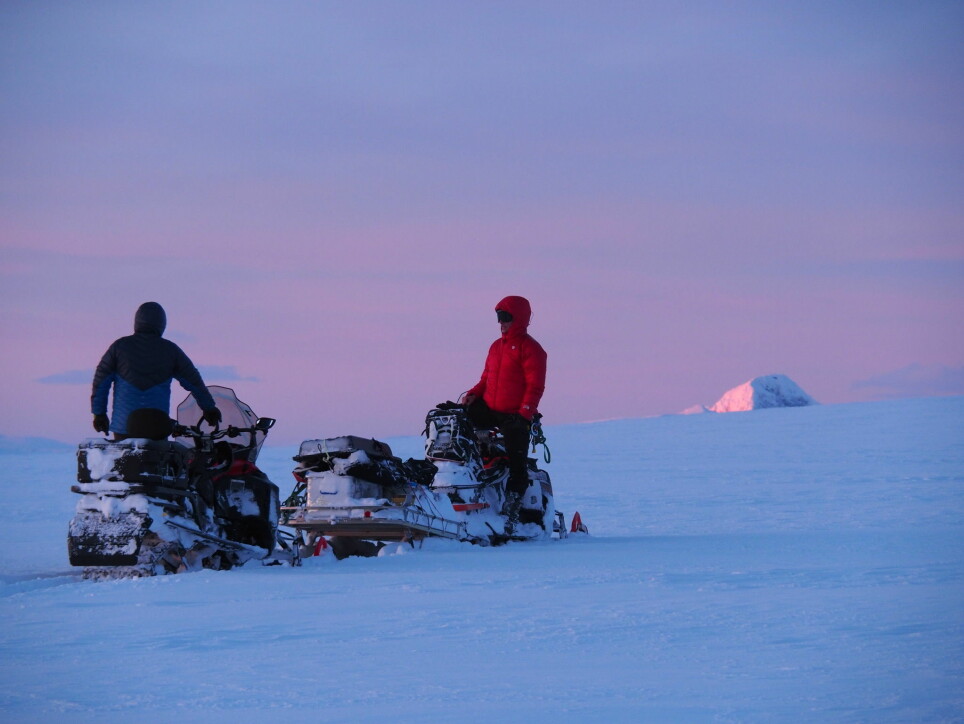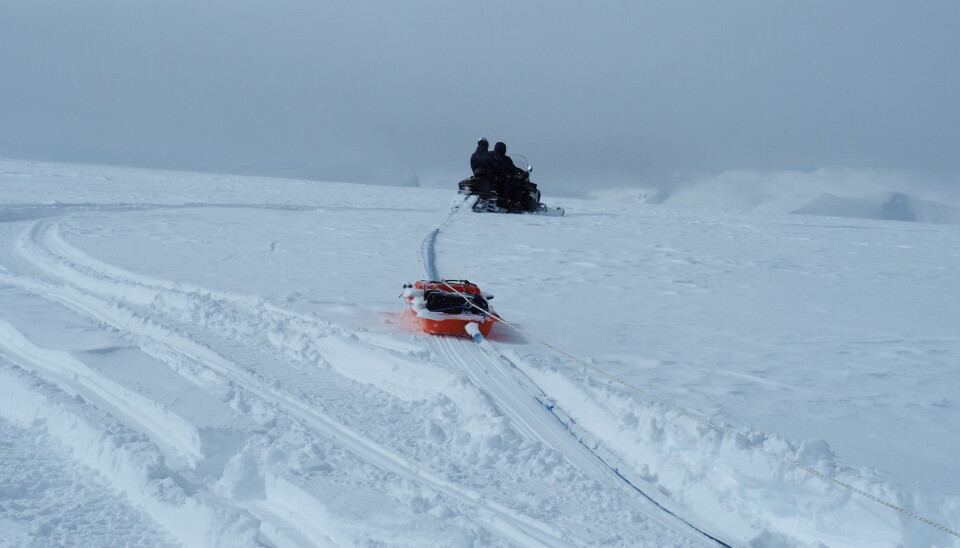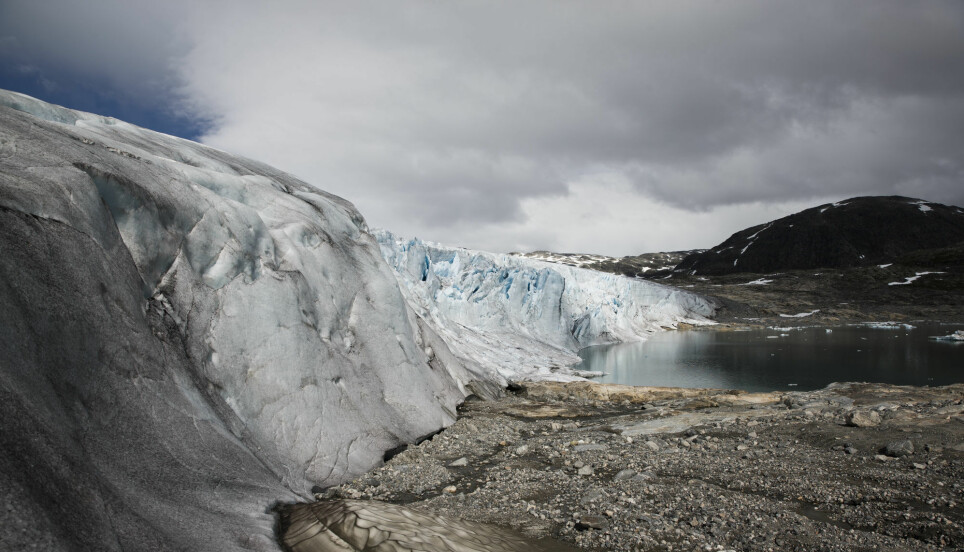
Now researchers know what’s underneath Jostedalsbreen, the largest glacier in continental Europe
Jostedalsbreen represents perhaps the largest unknown area in the region. Recently, geologists have mapped the glacier using georadar.
For hundreds of years, people have wondered what’s hiding under the largest glacier on mainland Europe.
The glacier has now been thoroughly investigated using georadar, which can send signals through the ice.
“Next spring, we can finally finish a map that shows us what most of the ground underneath the glacier looks like,” said Mette Kusk Gillespie. Gillespie is a researcher at the Western Norway University of Applied Sciences, and has led parts of the mapping work.
But the researchers now know for certain that the Jostedalsbreen glacier is at least 600 metres thick at its thickest.
“This is consistent with measurements from the 1980s, when parts of the glacier were examined. We’ve been able to repeat this work with far better equipment than they had at that time, and over a larger area of the glacier,” she said.
A hilly landscape
“Once we have quality-assured our data, we’ll know exactly how thick the glacier is over large parts of the plateau, up on the upper part of the glacier,” Gillespie said. “This means we’ll also know what the landscape under the glacier looks like.”
In general, the ice under the Jostedalsbreen glacier is quite thick, Gillespie said, and the landscape under the glacier is quite hilly.
Next spring, the researchers will investigate the outer edges of the glacier. They’ll have to use skis instead of snowmobiles in several places. Gillespie, who is Danish and not as skilled a skier as her Norwegian counterparts, says that the biggest challenge for her personally may be the skiing.
Challenges with the radar
The large variation in terrain height under the glacier has created some challenges for researchers.
“Our georadars are equipped with antennas,” she said. “But when the thickness of the ice down to the bedrock below can vary between 50 and 600 metres, we have to use different types of antennas to record the precise details of the landscape.”

Will there be more smaller glaciers?
Jacob Clement Yde from Western Norway University of Applied Sciences, who is also Danish, is leading the JOSTICE research project. The project is designed to provide definitive answers to questions about the Jostedalsbreen glacier.
Yde says that the researchers have been particularly interested in areas where the ice in the Jostedalsbreen glacier is thin.
“In a warmer climate, the Jostedalsbreen glacier may split into several smaller glaciers,” he said.
“At first, it could break up into a southern, a central and a northern glacier. But gradually it could devolve into more, and smaller glaciers,” Yde said.
The thaw line climbs higher
The good news right now is that the Jostedalsbreen glacier has not become any smaller over the last ten years, despite the fact that it has become warmer.
“That’s because a warmer climate also leads to more precipitation,” Yde said. “It snows more at the top of the glacier and that means it’s adding mass at the top.”
“At the same time, the arms of the glacier lower down in the landscape are shrinking more and more. One of these arms is the famous Nigardsbreen glacier. Many glacier arms are becoming more difficult for tourists to walk on,” he said.
What can happen in the future, Yde said, is that the boundary line where it thaws more than it accumulates on the glacier may rise higher up.
If this line climbs high enough up on the glacier, the Jostedalsbreen glacier can melt very rapidly.

Tourism and power generation
Most likely, the warming climate will cause the Jostedalsbreen glacier to continue to shrink. This can have consequences for tourism, agriculture and power production.
Using the data that Gillespie, Yde and colleagues have collected this April, researchers at the University of Oslo will start modelling how the Jostedalsbreen glacier may change in 20 years, 50 years and even further ahead.
“We’re also looking at the possible consequences for tourism if the Nigardsbreen glacier and other known glacier arms disappear,” Gillespie said.
The researchers also hope to be able to say something about possible consequences for agriculture around the Jostedalsbreen glacier, if this giant lump of ice up in the mountains in Western Norway disappears.
Today, the water from the glacier follows the slope of the glacier downwards, or is channelled by the glacier's internal drainage system. But if the glacier disappears, the terrain under the glacier will decide which way the water will flow. This could affect electricity production.
“Many people in the local community around the glacier tell us they’re happy that we’re learning more about what may happen in the future,” Gillespie said.
































